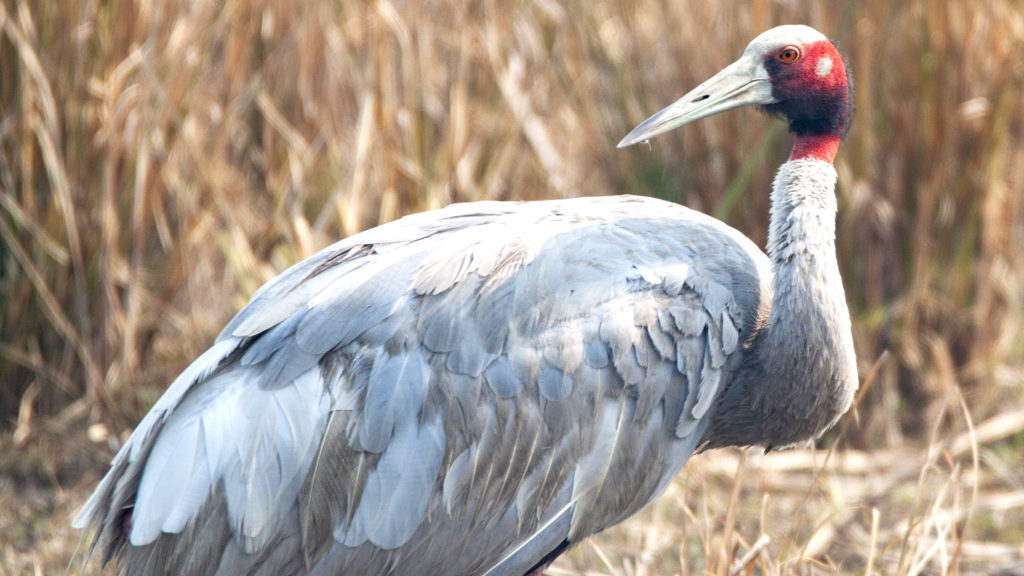It was day 2 of our Gujarat sojourn at the little Rann of Kutch and we were served with a bowl of spoonbills and a scoop of pelicans! Just kidding…read on.
They appeared out of nowhere in a neat formation. There were 15-20 of them. Their pure white plumage and black wing tips contrasting against the cloudless blue sky. The large Rosy Pelicans at first appeared to be heading for Nava Talao, but all of a sudden, they turned around and began soaring above a small stream located a few feet away from us. Soon they were swirling around in concentric circles, descending gradually along the way till they landed softly on the water.

It was only two hours earlier, that we had set-out from the resort for the birding activity at Nava Talao, located in the wetlands of the Rann. The sun was not out yet and the mist was still hanging over. This was obviously, not the best of situations for bird photography. As the lake began lighting up with the first rays of the sun, the chatter and cries of birds began to fill the air.

We stopped a couple of 100 meters away from the lake as getting any closer would have disturbed the birds. There were many birds at the lake but I had already trained my lens on a scoop of pelicans. I kept taking pictures of them as I moved closer. But, just when I had got close enough, much to my dismay, they all took off in an instant, only to land further away.

Pelicans are known for their throat pouch which is elastic and is used to catch fish. They do not store the fish in their pouch but use it to drain the water off before swallowing the fish. Most pelicans fish by swimming in groups, forming a “U” shape and driving the fish to shallow waters by beating their wings on the surface. When the fish are trapped in the shallows, the pelicans just scoop them out.
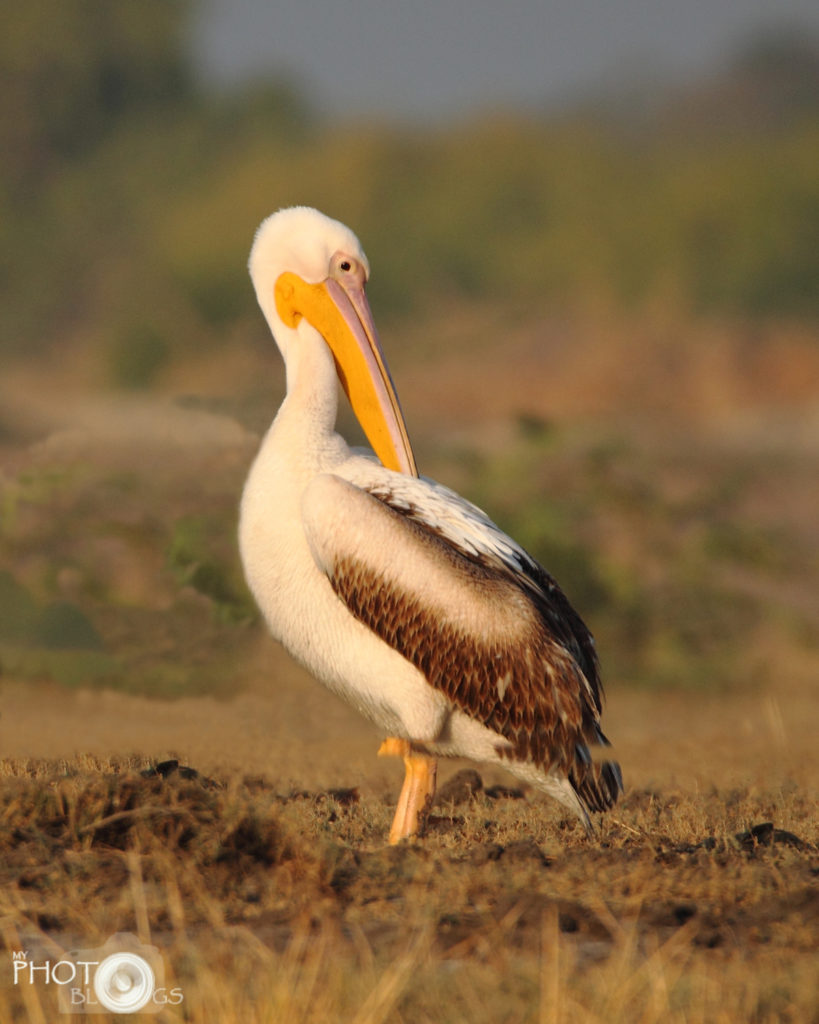
Pelicans incubate their eggs by standing on them! They warm them by holding the eggs under the webs of their feet.
In all the excitement, we nearly missed photographing several other birds such as the Eurasian Coots, Greylag Geese and Mallard Ducks.

Except for their white bills and shields, the Eurasian Coots are completely dark grey giving rise to the phrase “as bald as a coot”. They are noisy and aggressive birds and also territorial especially during the breeding season. They don’t fly much but when they do so they run on the surface of the water before taking flight.
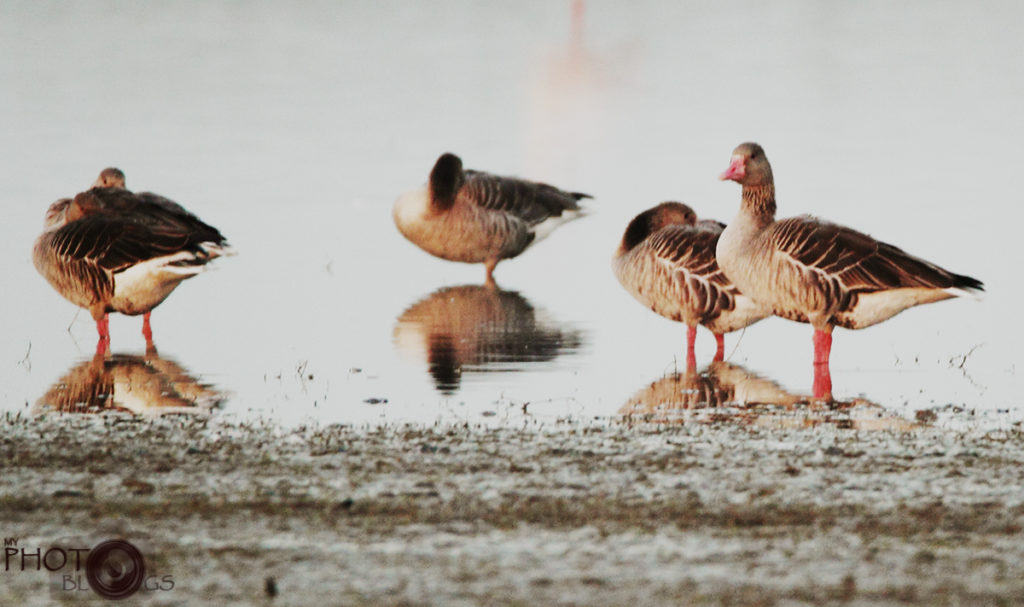
The Greylag Geese are migratory birds. However, they are known to occur naturally in India. The word “lag” in its name seems to have been derived from the fact that they are one of the last geese to migrate.
The Mallard Duck is apparently thought to be the most abundant duck on Earth. The male Malllards or drakes have a distinct colour with a green head and white neckband followed by a chestnut coloured chest. Females have a drab brown colour, but display iridescent purple-blue wing feathers that are visible as a patch on the sides.

And here is an interesting bit of information – the duck’s quack is the sound of a female Mallard. Males don’t quack!
We also spotted a large flurry of flamingos. But I decided to give it a miss as I had already covered them a month ago at Bhigwan. But here is a picture that I took for keepsake.

And we also did not miss the Grey Heron, the Common Crane and the Painted Storks.
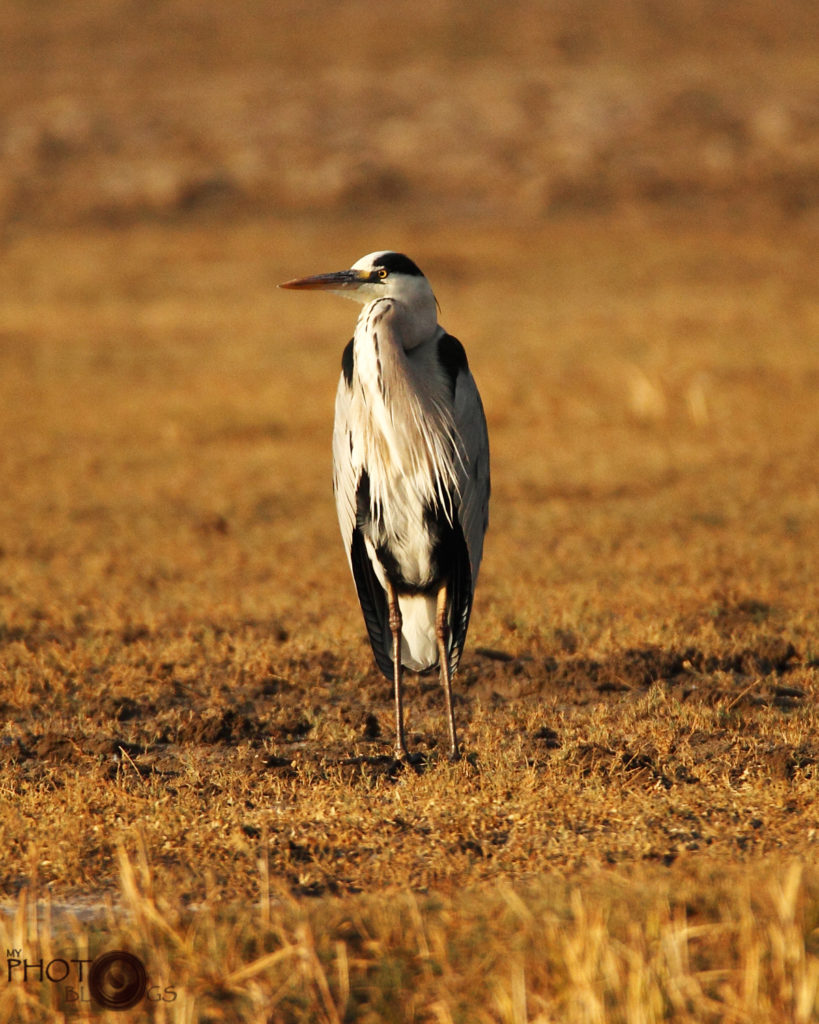
The Grey Heron is one of the several species of herons found in India. It is a large bird that is generally slow at flight. In air, it retracts its head into an “S” shape, which is its characteristic and differentiates it from cranes and storks, which extend their necks.
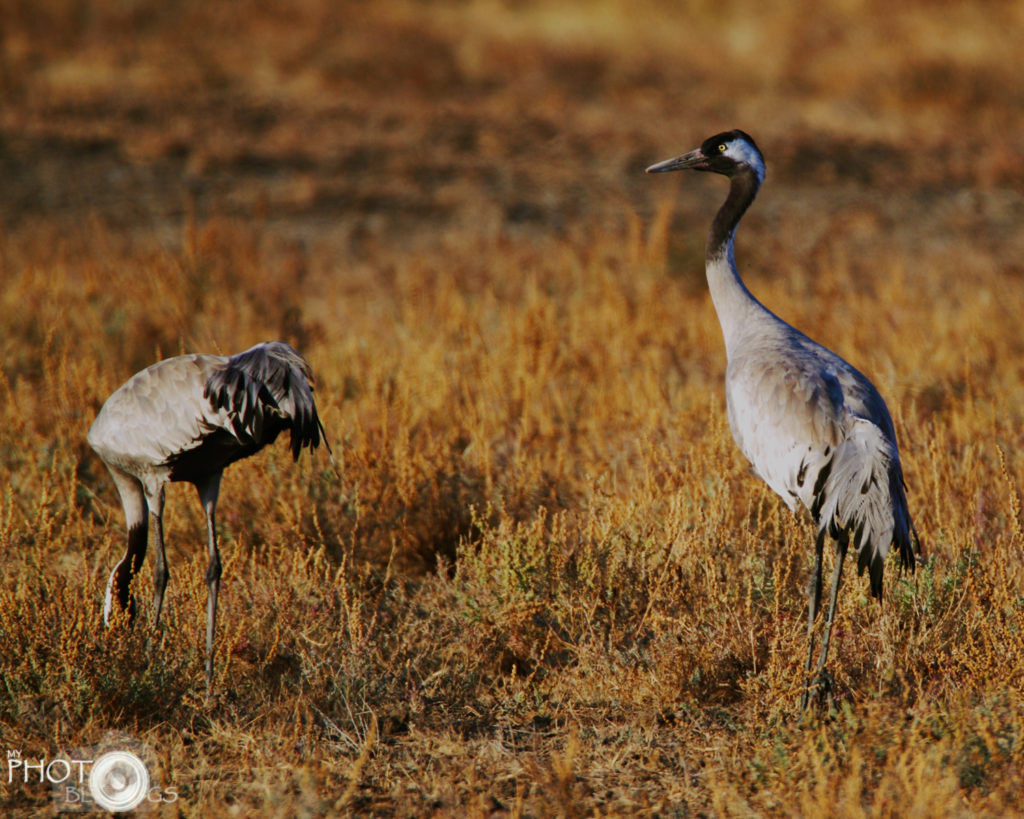
The Common Crane, also known as the Eurasian Crane is a shy bird which flees and takes to the air at the first sign of danger. During migration, these birds fly in a “V” shaped formation. The lead bird (at the head of the formation) leaves its position to another and this process continues during the entire length of their journey.
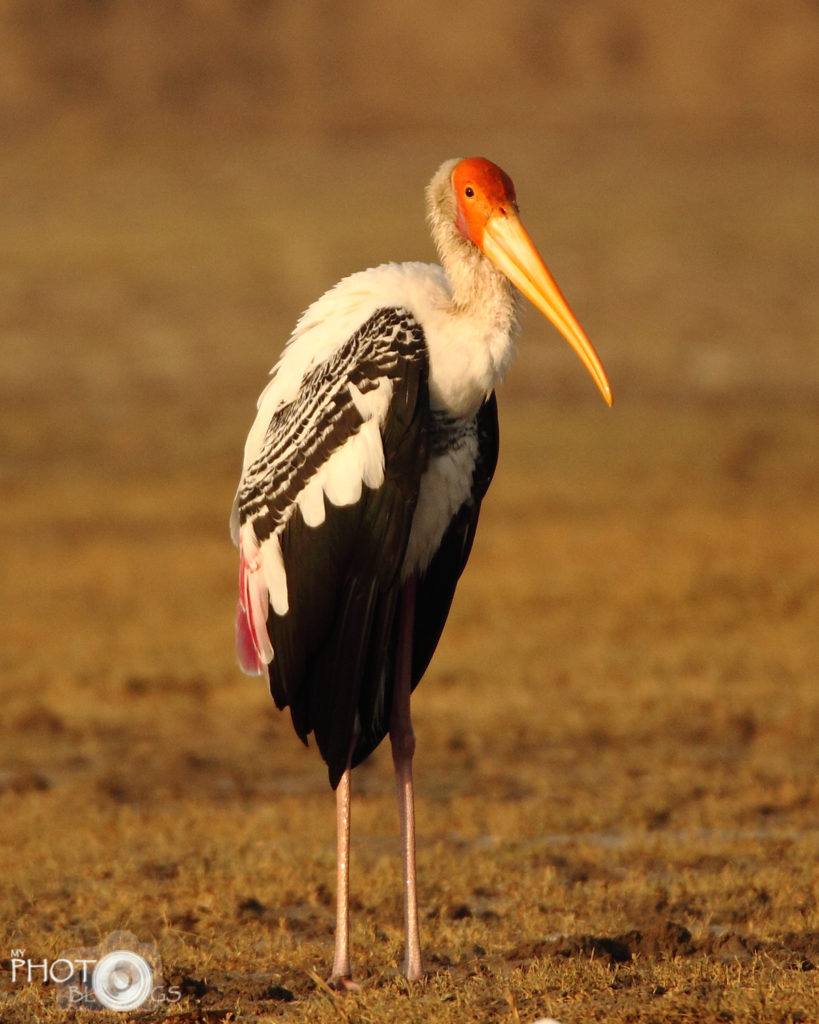
The Painted Stork, also called as the Indian Wood Stork is a large and colourful bird with a yellow-orange bill and face. Found only in the Indian Sub-Continent and South East Asia, it is a classified as a “Near Threatened” species. Unlike Cranes, they are mute and produce no sounds as they have poorly developed vocal glands.

A little further up from Nava Talao, across one of the streams that was flowing into the lake, we were fortunate to find several Eurasian Spoonbills. On noticing that the Spoonbills were busy foraging in the water, I decided to get some close-ups and hence crept up close to them. I managed some neat shots, but as soon as they were alerted of my presence, they took off in a flash onto the other side of the stream.

Later I also managed to capture a mutual preening session between some Spoonbills.

It was more than two hours since we had arrived at Nava Talao and we were hoping that we could stay longer, but it was time to get back to the resort. The highlights of our trip were the bowl of spoonbills and the scoop of pelicans. Indeed, Little Rann had served us well. On our way back to the resort, the bird sightings continued and we spotted Black Shouldered Kites, Green Bee Eaters and some Red Wattled Lapwings along the way.

We were also lucky to catch a glimpse of two Spotted Owlets just outside our resort.
After a modest breakfast, we checked-out of the resort and set off to our second destination – Sasan Gir. As we exited Zainabad with beautiful memories, we bid adieu to this amazing place called the Little Rann.

Khaman, Fafda and Chai at a road-side stall on the Gijarat State Highway.


